Ecological Succession Worksheet Middle School
Ecological succession is a fascinating process that occurs in ecosystems over time. For middle school students learning about this topic, having a well-designed worksheet can provide a valuable tool to reinforce their understanding of the subject. With engaging questions and clear explanations, an ecological succession worksheet tailored for middle schoolers can help them grasp the concept and apply their knowledge effectively.
Table of Images 👆
- Ecological Succession Worksheet Answer Key
- Ecological Succession Pond Worksheet
- Ecological Succession Worksheet
- Human Footprint Worksheet Answers
- High School Food Chain Worksheet
- Ecological Succession Worksheet Answers
- Carbon Cycle Worksheet Middle School
- Printable Ecology Worksheets
- Primary and Secondary Succession Worksheet
More Other Worksheets
Kindergarten Worksheet My RoomSpanish Verb Worksheets
Cooking Vocabulary Worksheet
DNA Code Worksheet
Meiosis Worksheet Answer Key
Art Handouts and Worksheets
7 Elements of Art Worksheets
All Amendment Worksheet
Symmetry Art Worksheets
Daily Meal Planning Worksheet
What is ecological succession?
Ecological succession is the gradual process by which ecosystems change and develop over time. It involves the sequential replacement of plant and animal species in an area until a stable and mature community is established. This process occurs in a predictable manner, starting with pioneer species that colonize a disturbed or barren environment and eventually leading to a diverse and complex ecosystem.
What is the difference between primary and secondary succession?
Primary succession occurs in an area that is devoid of soil and vegetation, such as after a volcanic eruption, while secondary succession occurs in an area that has been previously inhabited but has experienced a disturbance, like a forest fire. Primary succession begins with the colonization of pioneer species like lichens and mosses to eventually form soil, while secondary succession begins with the regrowth of vegetation from existing soil and seeds. Overall, primary succession starts with a clean slate, while secondary succession builds upon existing ecosystems.
What are pioneer species?
Pioneer species are the first organisms to colonize a newly formed or disturbed ecosystem. They are typically hardy, fast-growing plants with the ability to withstand harsh conditions such as high levels of sunlight, poor soil quality, or lack of nutrients. These species play a crucial role in the process of primary succession as they facilitate the establishment of other plant and animal species in the ecosystem.
What role do lichens and mosses play in primary succession?
Lichens and mosses play a crucial role in primary succession by being among the first organisms to colonize barren or disturbed landscapes. These pioneering species help to form a layer of organic material that improves soil quality and retains moisture, creating a suitable environment for other plant species to establish themselves. Additionally, lichens and mosses can fix nitrogen from the atmosphere, further enriching the soil and facilitating the establishment of more complex plant communities in the early stages of succession.
How do plants contribute to ecological succession?
Plants play a crucial role in ecological succession by changing the environment and preparing it for future species. They stabilize the soil, create shade, improve nutrient levels, and attract pollinators and seed dispersers, which can help facilitate the colonization of new species. As plants grow and die, they enrich the soil and create a more hospitable environment for other species to establish themselves. Ultimately, plants are key drivers of ecological succession as they pave the way for the transition from one ecosystem stage to another.
What is the role of animals in succession?
Animals play a crucial role in succession as they help in the dispersal of seeds, pollination of plants, decomposition of organic matter, and grazing on vegetation. By interacting with their environment, animals can influence the composition and structure of plant communities, facilitating the colonization of new species and enhancing biodiversity. Additionally, animals can create microhabitats and nutrient-rich patches that promote the establishment of certain plant species, ultimately shaping the trajectory of succession in ecosystems.
What is the climax community?
The climax community is the final stage in the process of ecological succession, where a stable and self-sustaining community of plants and animals has reached a state of equilibrium with the environment. It represents the endpoint of succession and is characterized by a diverse array of species that have reached a balance where the composition of the community remains relatively stable over time.
What factors can disrupt or reset the succession process?
Factors that can disrupt or reset the succession process include natural disasters such as wildfires or hurricanes, human activities such as clear-cutting forests or urban development, invasive species introduction, climate change, and pollution. These factors can alter the environmental conditions necessary for the continuation of succession, disrupting the orderly progression of plant and animal communities. Additionally, disturbances such as fires or logging can reset the succession process by eliminating existing vegetation and giving an opportunity for early successional species to establish themselves.
How does ecological succession contribute to biodiversity?
Ecological succession contributes to biodiversity by promoting the gradual change and development of ecosystems, leading to the creation of a diverse array of habitats and niches. As succession progresses, different plant and animal species establish themselves in varying stages of growth, creating a mosaic of habitats that support a wide range of biodiversity. This dynamic process allows for the coexistence of numerous species, increasing overall ecosystem resilience and creating a more stable and diverse environment for various organisms to thrive.
Can succession occur in aquatic ecosystems? If so, how?
Yes, succession can occur in aquatic ecosystems. Aquatic succession can be initiated by factors such as changes in water temperature, nutrient levels, light availability, or disturbance events like storms or floods. As these conditions change, different species of plants and animals may become more favorable, leading to a shift in the composition of the ecosystem over time. This process of succession ultimately results in a more complex and stable aquatic community.
Have something to share?
Who is Worksheeto?
At Worksheeto, we are committed to delivering an extensive and varied portfolio of superior quality worksheets, designed to address the educational demands of students, educators, and parents.

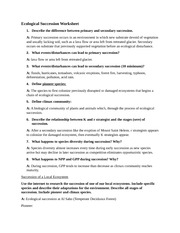



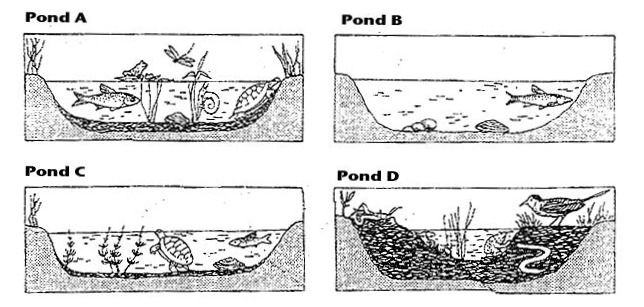
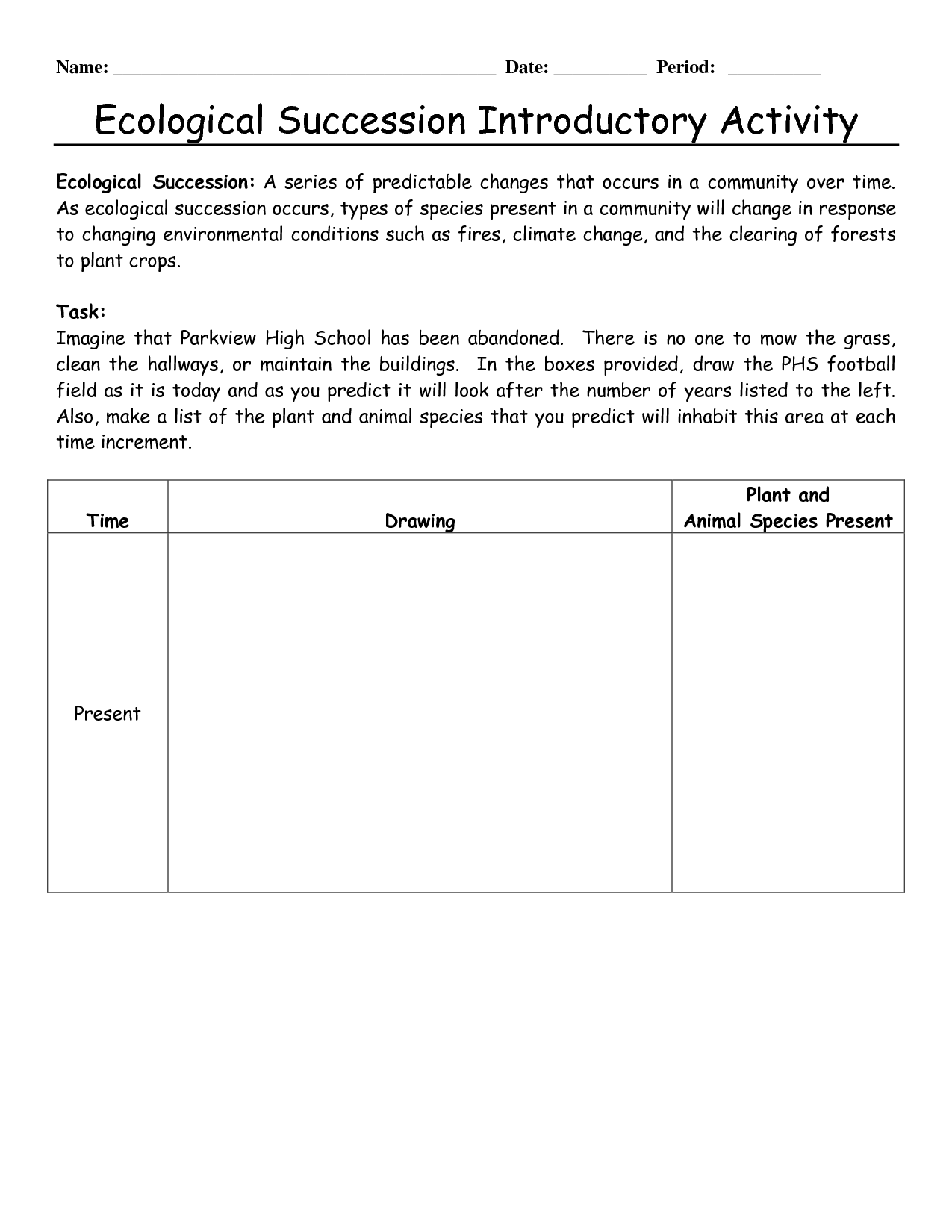

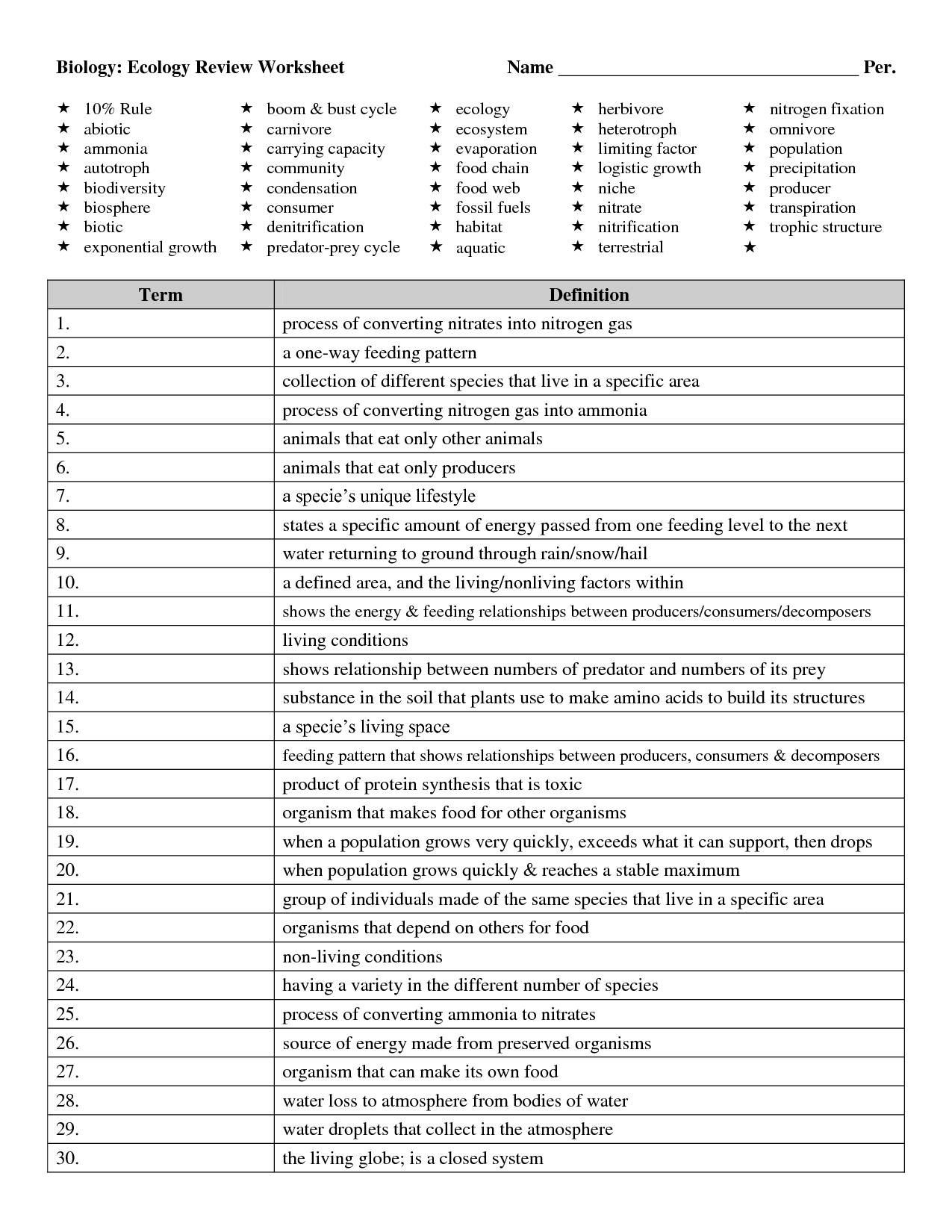
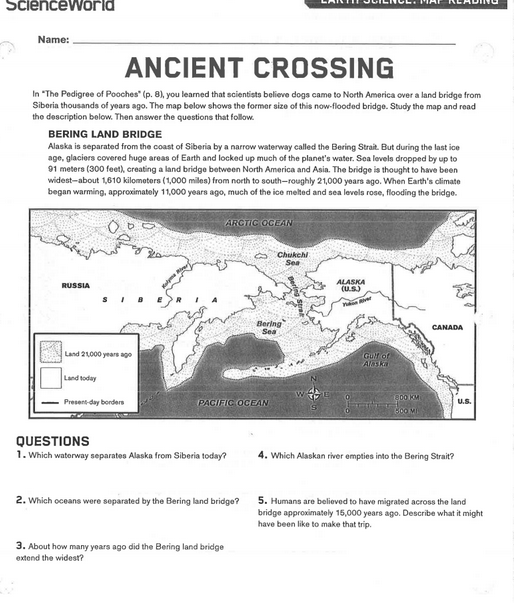
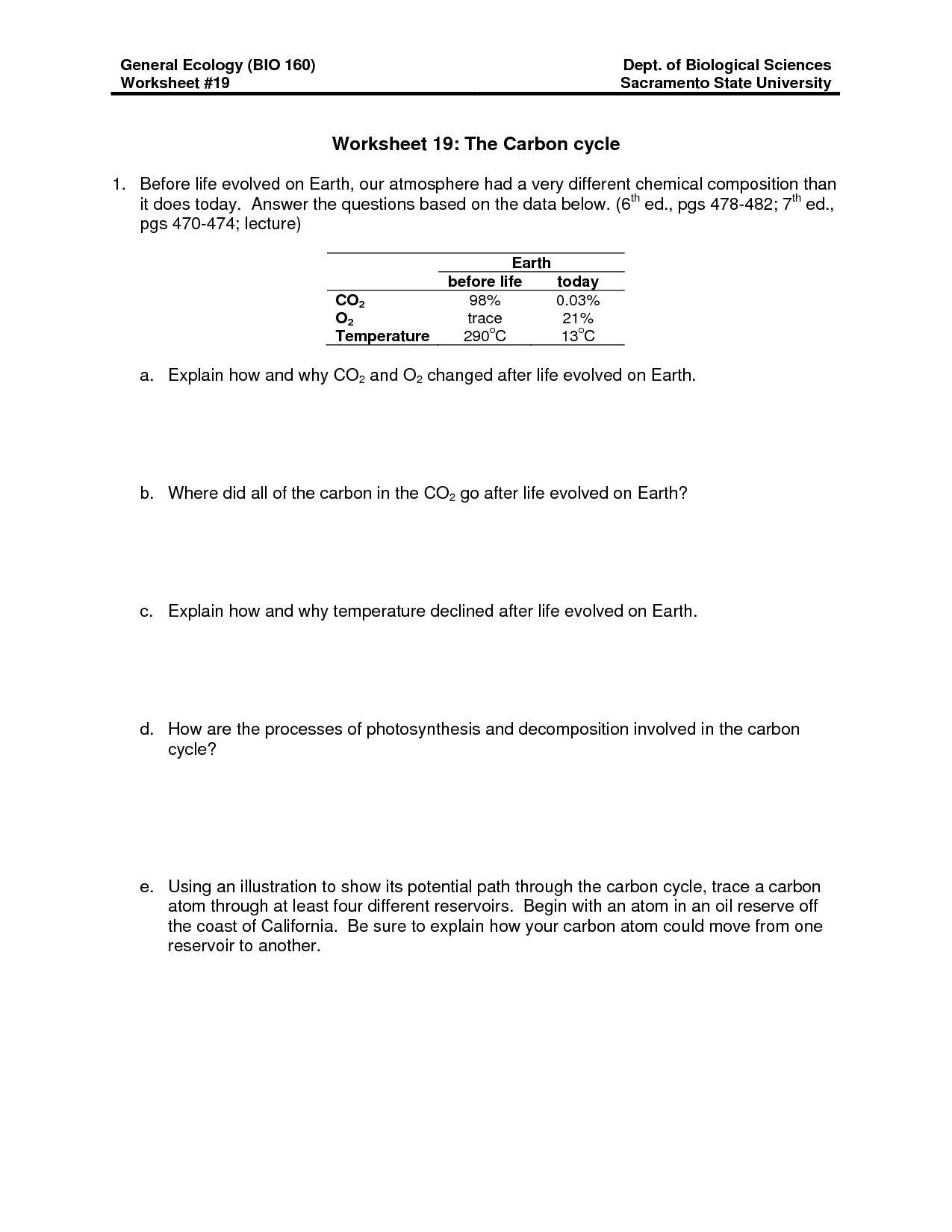


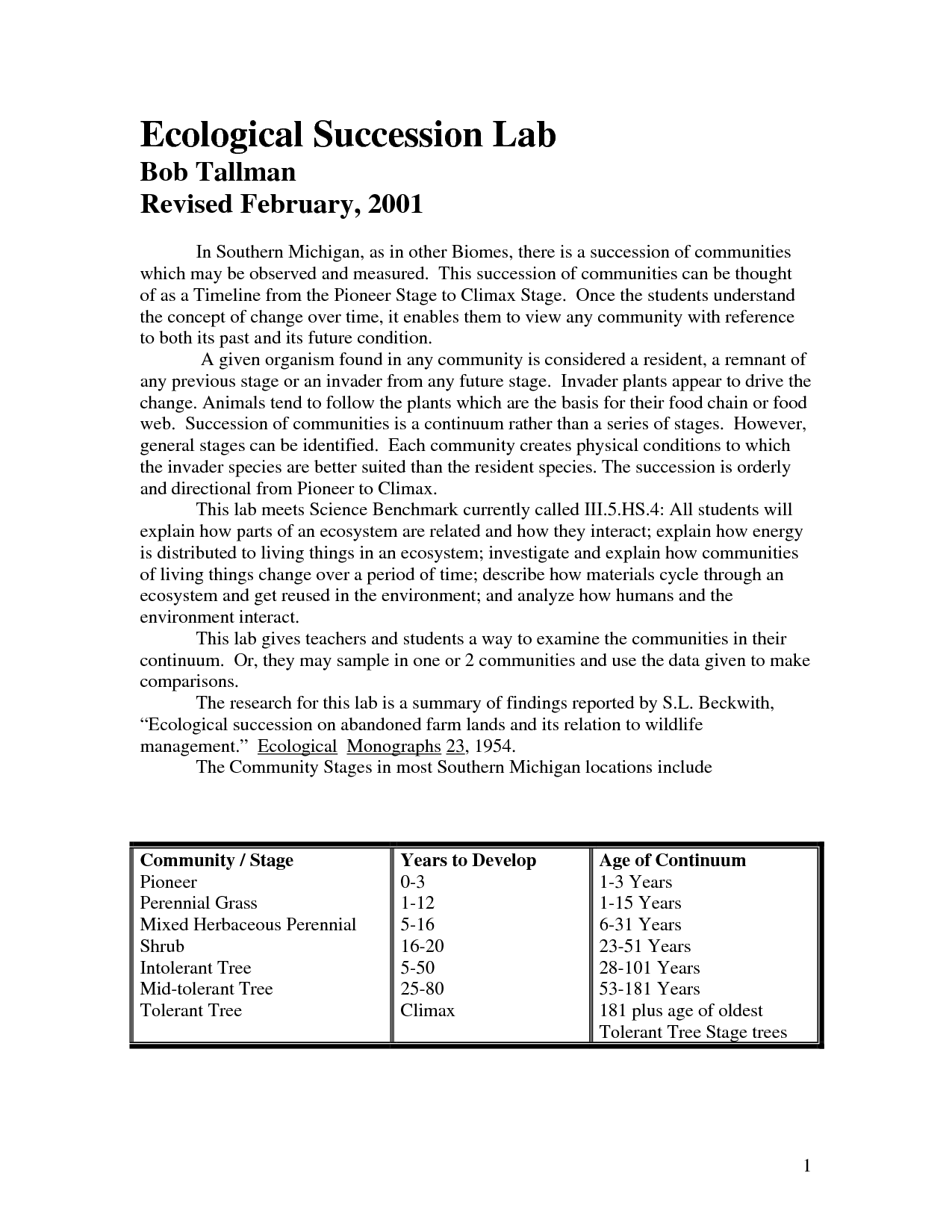
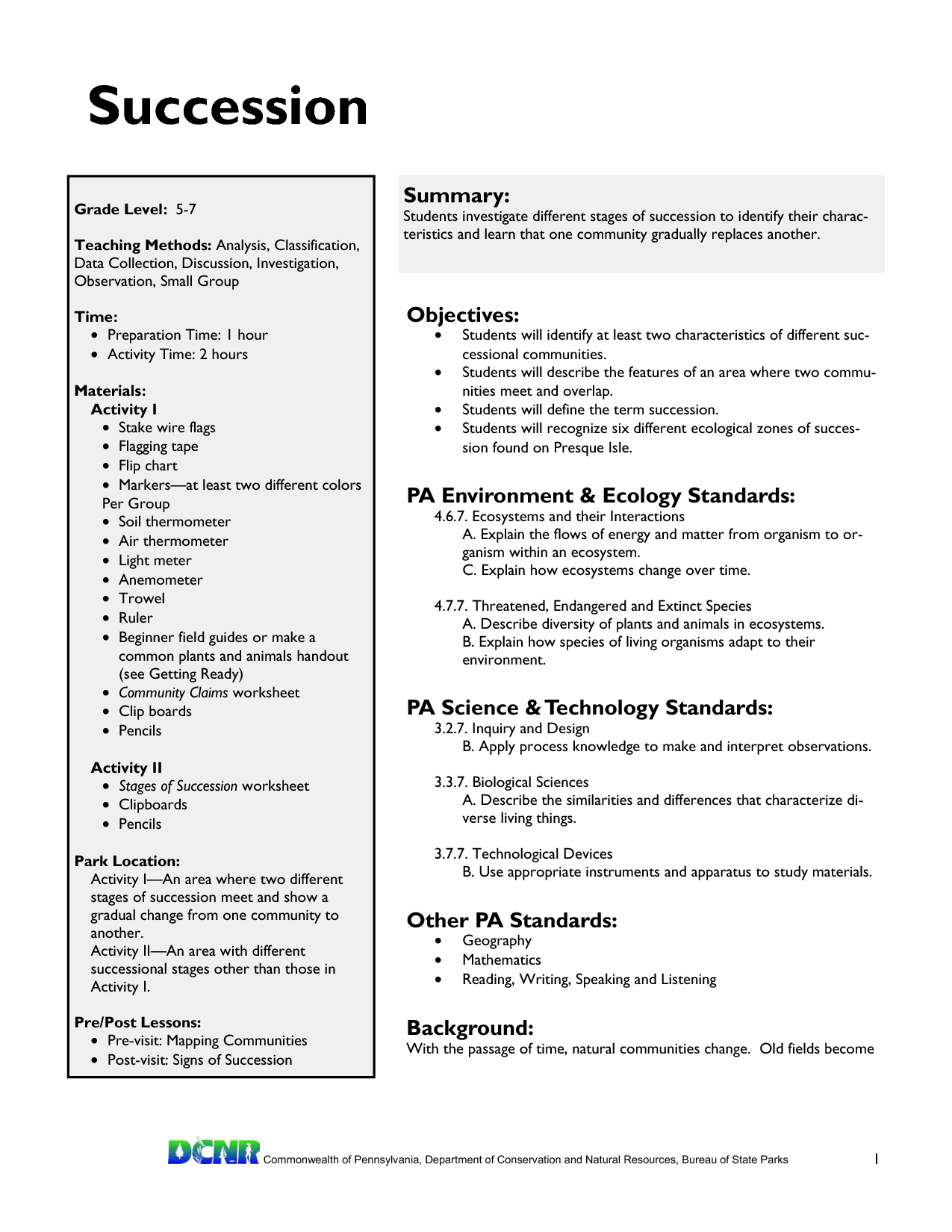
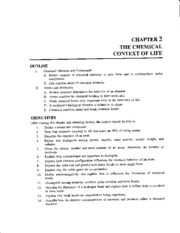















Comments